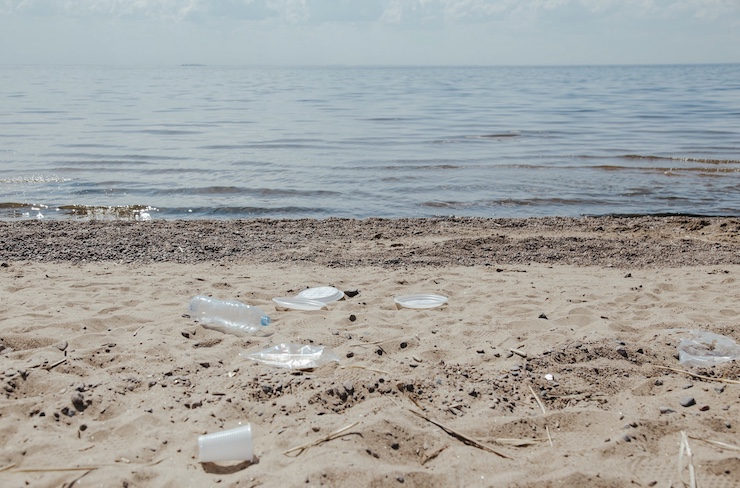
Drones Could Help Save the Planet from Plastic Pollution

In recent years, heart-rending images of sufferer or dying sea mammals and fish, their stomachs stuffed with plastic, have shocked citizens virtually the globe. Reports indicate that the value of plastic dumped into the world’s oceans has tripled over the past decade. And unlike oil spills, which can be remedied with wide-stretching and plush clean-up efforts, there is no obvious solution to plastic “spills.” But a growing number of countries, some backed by the World Bank, are turning to drones to aid their efforts.
Tanzania, for example, is combining ground clean-ups of its beaches and coastlines with well-ventilated video surveillance by drones that can help identify concentrations of plastic for collection. Funded through the World Bank’s PROBLUE program, the project is stuff coordinated by Dr. Blandina Robert Lugendo at the University of Dar es Salaam UDSM in conjunction with Tanzania FlyingLabs, a drone and technology lab. The surveillance and hodgepodge effort focuses on 11 coastal “hotspots”— eight on Tanzania’s mainland tailspin and three in neighboring Zanzibar.
Project organizers say the effort is aimed at protecting not only the area’s lucrative tourism industry but moreover its threatened fisheries. Tanzania depends on both industries to sustain its development. So far, drone surveillance has helped Lugendo’s team put together a comprehensive map of plastic pollution, identifying variegated types of waste and their respective concentrations. It moreover improved her team’s strategic planning and helped make its field hodgepodge increasingly precise. Finally, well-ventilated drones have facilitated the tracking and evaluation of the project’s progress over time.
Similar benefits are stuff realized thousands of miles yonder in Denmark where a local government has deployed a combination of well-ventilated and marine drones to aid in the clean-up of inland waterways. In this case, drones are unquestionably collecting garbage and litter, expressly plastics, left overdue by wasteful tourists and residents. Well-ventilated drones identify the trash concentrations and stimulation signals to marine drones that automatically deploy to the hot spot to self-mastery the collection. The well-ventilated drones can plane snift oil slicks, as well as litter, and some of the marine drones are equipped with devices that moreover indulge them to remove petroleum from the water. The marine drones, which sail continuously on the water’s surface, can collect a prodigious value of garbage – well-nigh 1,100 pounds, daily.
The municipality of Aarhus first began its garbage hodgepodge project in July 2019 with a single sailing drone – the tailor-made WasteShark – deployed near the mouth of the Aarhus River. Last year, with support from the national government, Aarhus purchased a DJI Mavic drone to create its combined aerial-marine hodgepodge system. The municipality said it chose the DJI Mavic for its forfeit and commercial availability in the hopes of modeling an unmanned trash hodgepodge system that other cities could hands replicate.
The post Drones Could Help Save the Planet from Plastic Pollution appeared first on Drone Videos & Photos.


